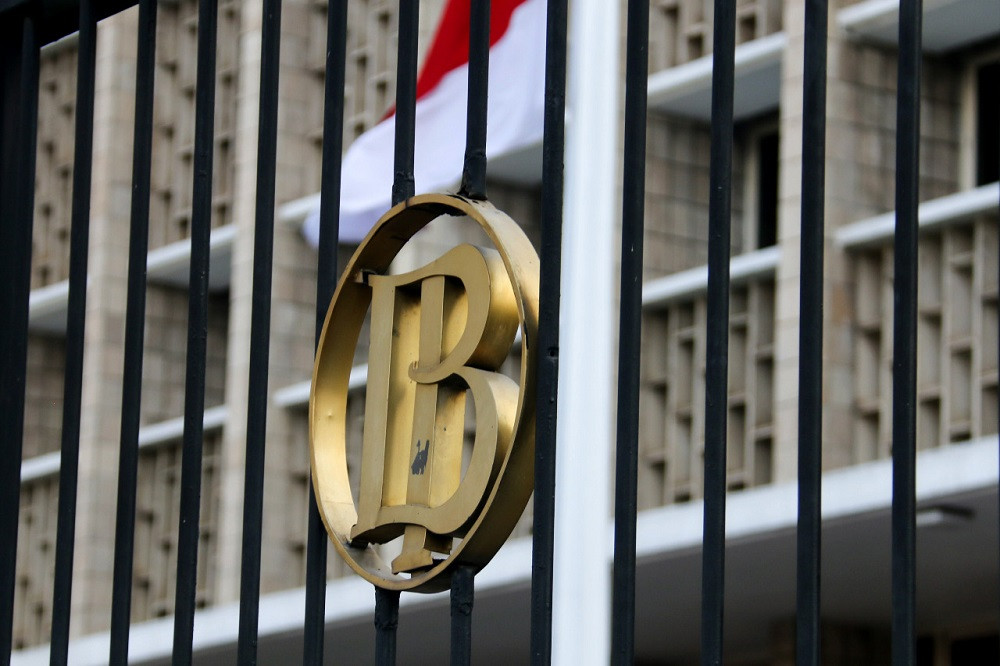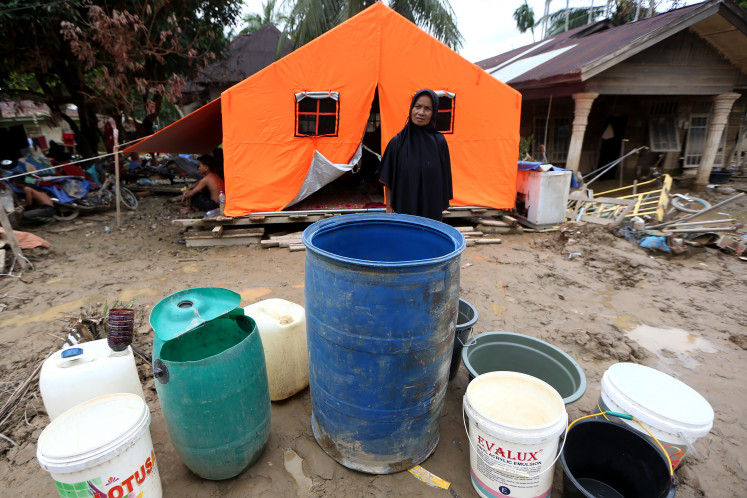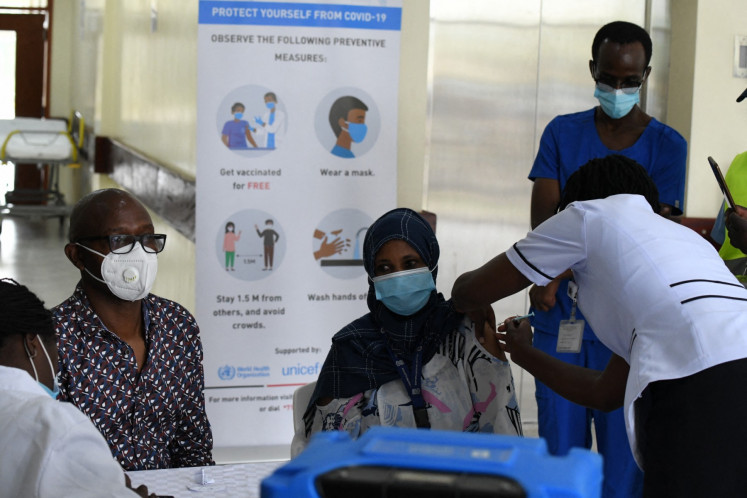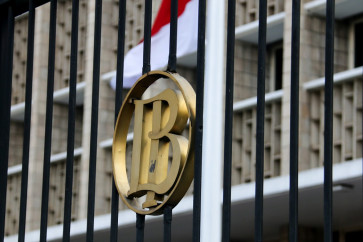Popular Reads
Top Results
Can't find what you're looking for?
View all search resultsPopular Reads
Top Results
Can't find what you're looking for?
View all search resultsLoosening monetary policy for COVID-19
Ever since the COVID-19 epidemic hit the economy, BI started to loosen its monetary policy stance. This was not only a proper but also a necessary response to manage the macroeconomic dynamics. The overall downward economic trend ought to be followed by a move to ease liquidity.
Change text size
Gift Premium Articles
to Anyone
F
or the third time this year, Bank Indonesia (BI) has decided to adjust its policy rate, lowering its BI 7-day reverse repo rate (BI-7DRRR) by 25 basis points to 4.25 percent in mid-June. The new policy rate was announced soon after the government decided to reopen the economy, starting on June 8.
Compared to other countries, it seems that Indonesia has been better at managing the economic impacts of COVID-19. Macroeconomic indicators have started to improve. The exchange rate of the Indonesian rupiah against the US dollar has improved, precisely in line with capital inflows. The tipping point might be bottoming out.
Ever since the COVID-19 epidemic hit the economy, BI started to loosen its monetary policy stance. This was not only a proper but also a necessary response to manage the macroeconomic dynamics. The overall downward economic trend ought to be followed by a move to ease liquidity.
The BI 7-DRRR is the primary policy instrument to manage the monetary sector. The policy rate mainly influences the operational rate on the interbank money market; the bigger picture is to guide the expectations for economic liquidity.
History has deemed the policy rate an effective instrument for influencing the economy. John Maynard Keynes made his pivotal identification of liquidity preference around 1936 and hence endorsed adjusting the policy rate to modulate the monetary sector. However, the policy rate is not the only instrument, especially in today’s monetary landscape.
The global financial crisis of 2008 offered a lesson on how the zero lower bound (ZLB) became a real spectrum in the monetary policy. It was proven to be more than a sophisticated myth in the pile of macroeconomics literature. Over-indebtedness in the speculative market at the time tore the financial system down and disrupted aggregate demand. As a result, the Fed Funds Rate, the policy rate of the US Federal Reserve, lost its effectiveness in influencing the economy. Even worse, when the policy rate entered the “zero neighborhood”, it became too low for further downward adjustment. There was nowhere else to go, so it was simply the same as a trap.
Against the downward spiral, central banks around the world began to see an unconventional way to inject liquidity through the solution of quantitative easing (QE). They allowed the liability side of their balance sheet to grow to make liquidity available for the market. For today’s challenges, QE seems to have become more conventional, a step that is arguably more acceptable than Modern Monetary Theory (MMT).


















